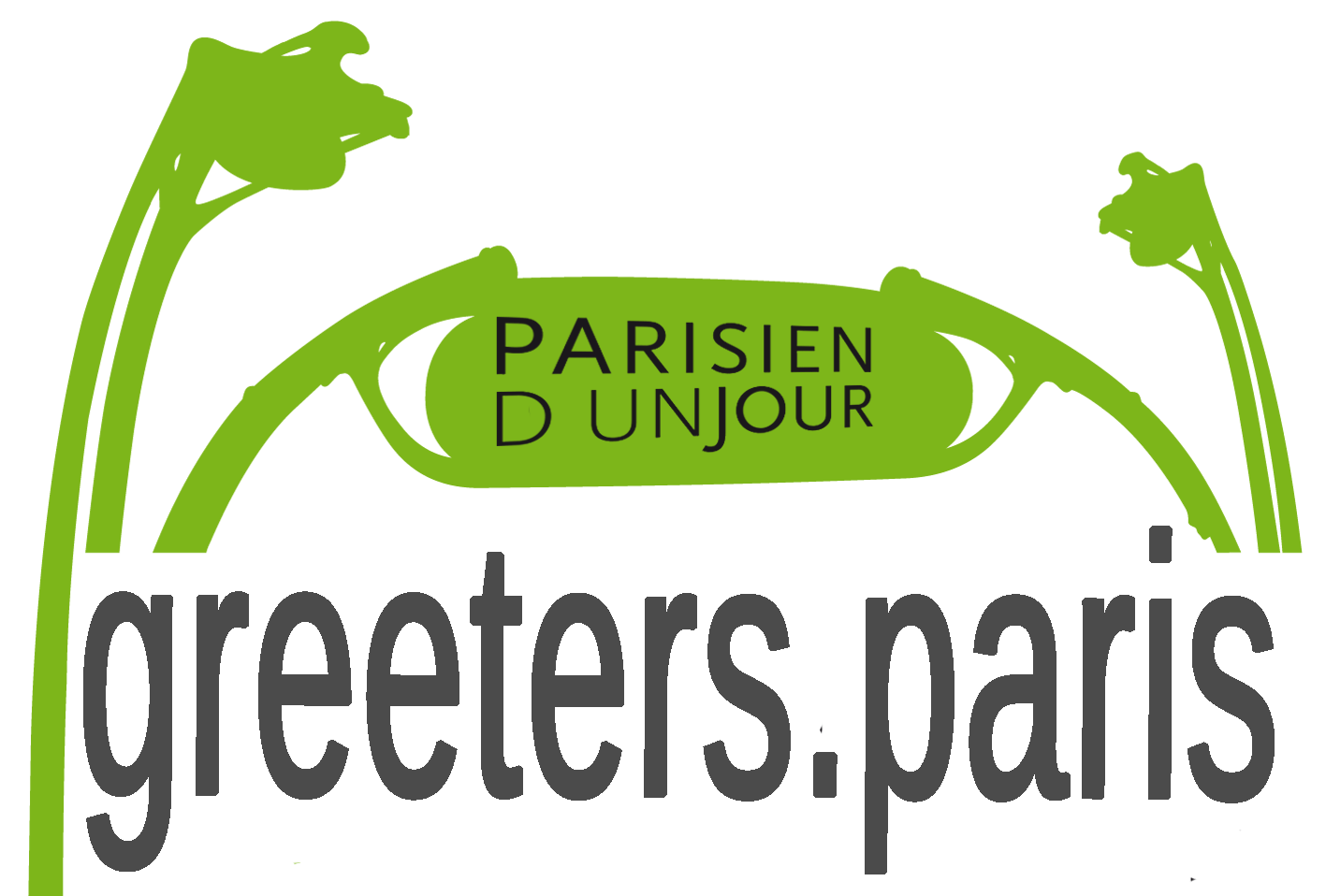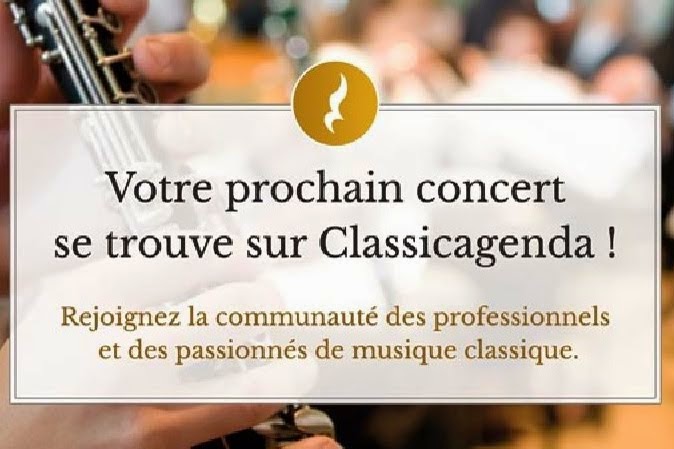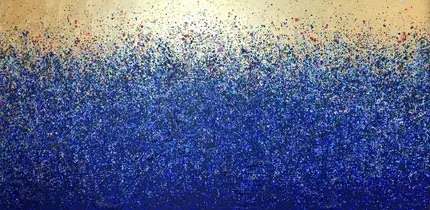 What since a few years is the Paris Irish Cultural Centre used to be an Irish Catholic College. An Irish College was established in Paris in 1578. The present building dates from 1769. The Irish Catholics established some 30 colleges on the European continent, but the Paris one was obviously the leading one. The reason for these foreign colleges was of course Protestant and Anglican supremacy those days on Ireland. During the 18th century one-third of the Irish catholic clergy were educated in Paris.
What since a few years is the Paris Irish Cultural Centre used to be an Irish Catholic College. An Irish College was established in Paris in 1578. The present building dates from 1769. The Irish Catholics established some 30 colleges on the European continent, but the Paris one was obviously the leading one. The reason for these foreign colleges was of course Protestant and Anglican supremacy those days on Ireland. During the 18th century one-third of the Irish catholic clergy were educated in Paris. The college closed in 1939 (WWII). In 1945 the building was lent by the Irish to serve as a shelter for displaced persons claiming U.S. citizenship. From 1947 to 1997 it housed also a Polish Seminary. Karol Wojtyła stayed here at several occasions, as a young student, bishop, archbishop and cardinal before he became John Paul II.
The chapel is – of course – dedicated to Saint Patrick. Its decoration dates from 1860. The statue of the Mother and Child seems to come from one of the previous homes of the Irish College (Collège des Lombards).
I noticed that Catherine ("THE 5 OF US") went here the day of the "Fête de la Musique" (World Music Day) to listen to some Irish folk music. I would have liked to join her!




































































